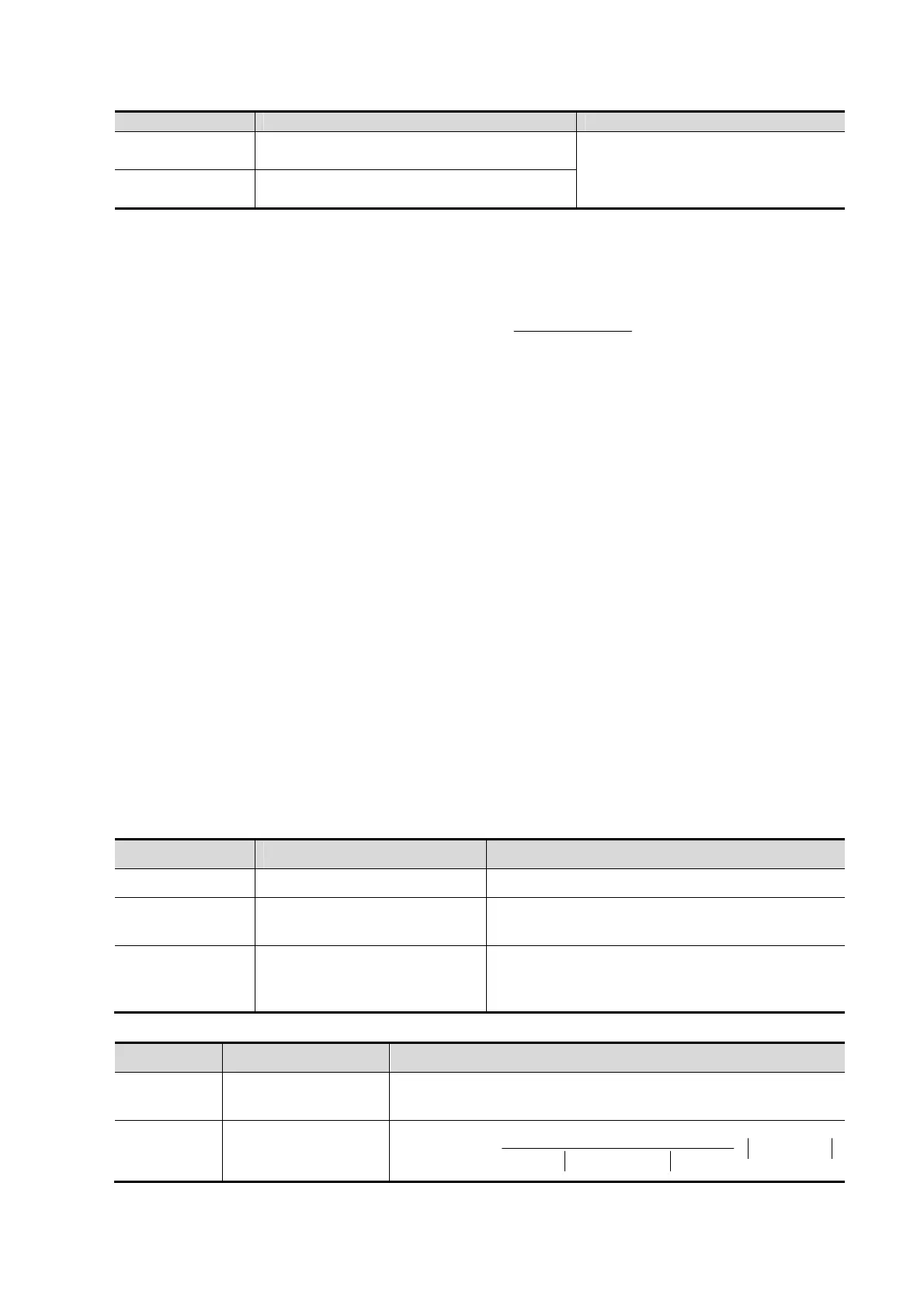6-32 Cardiology
Item Description Operations
Qp/Qs
Flow ration of Pulmonary circulation and
Systemic circulation
See below
Qp-Qs
Flow difference of Pulmonary circulation
and Systemic circulation
Where,
VTI(cm) RVOT)Diam(cm)/2 RVOT(SV(ml) RVOT)(
2
×=
π
=mlQp
VTI(cm) LVOT)Diam(cm)/2 LVOT(SV(ml) LVOT)(
2
×=
π
=mlQs
)(SV LVOT
)(SV RVOT
)(/
ml
ml
NounitQsQp =
)(SV LVOT)(SV RVOT)( mlmlNounitQsQp
− =
Operating Procedures
See table above for methods and formulae of the measurement items.
6.4.3.12 PISA
PISA (Proximal Isovelocity Surface Area) is used in quantitative analysis of the mitral valve
regurgitation (PISA MR), aortic valve regurgitation (PISA AR), tricuspid valve regurgitation (PISA
TR), and pulmonary valve regurgitation (PISA PR) in color mode.
The PISA measurement procedures are as follows:
1. Start PISA, move the semicircular caliper by rotating the trackball.
2. Fix the center of the semicircular by pressing <Set>.
3. Adjust the radius length orientation of the semicircular by rotating the trackball.
4. Press <Set> to fix the caliper.
PISA MR
Mitral valve regurgitation (PISA MR) needs to be measured in Color and Doppler mode.
Study Items
Tools Descriptions Operations
MR Rad Mitral Valve Stenosis Radius PISA measurement
MR VTI
Mitral Valve Regurgitation
Velocity-Time Integral
D Trace in Doppler General Measurements
MR Als.Vel
Mitral Valve Regurgitation
Aliasing Maximum Velocity
You can select to use top aliasing velocity or
bottom aliasing velocity or input the value
directly.
Study Results
Tools Descriptions Formulae
MR Vmax
Mitral Regurgitation
Maximum Velocity
Obtained from MR VTI measurement
MR Flow
Mitral Regurgitation
Flow
VTI(cm) MR
max(cm/s) MRV
/s)Als.Vel(cm MRRad(cm) MR2
Flow(ml) MR
2
×
×
=
π

